Ross Slaughter is a student at Harvard Law School and a member of the Labor and Employment Lab.
Should workers lose the protections of labor law simply because they work for religious organizations? As Jenny explained, the Supreme Court has become increasingly receptive to employers’ religious objections to laws governing the workplace. But at least these claims require employers to point to a specific religious exercise that the law burdens. It is something else entirely to exempt religious organizations from otherwise applicable laws simply because they are religious, without any evidence of conflict between the law and the organizations’ beliefs.
Last year, the NLRB did just that, declining to exercise jurisdiction over all faculty at religious colleges and universities. The Board relied on the D.C. Circuit’s expansive interpretation of NLRB v. Catholic Bishop of Chicago, a forty-year-old case in which the Supreme Court invoked constitutional avoidance to limit the Board’s jurisdiction over teachers at church-operated high schools. But Catholic Bishop and the Board’s new jurisdictional test are out of step with current Religion Clause jurisprudence. While courts have recognized a “ministerial exception” to many employment laws, the exception is limited to employees who actually perform a religious function. By contrast, the Board disclaimed the ability even to consider whether faculty members are held out as performing a religious function. The decision does not explicitly threaten the organizing rights of the hundreds of thousands of non-faculty employees at religious organizations who remain under the Board’s jurisdiction, but the purported impropriety of distinguishing between teachers with a religious function and those with purely secular responsibilities has no obvious limiting principle — it calls into question any attempt to distinguish between religious and non-religious employees. What remains to be seen is whether the Board’s decision is an unfortunate extension of a doctrinal dinosaur, or a harbinger of even more dramatic inroads on the rights of workers at religious organizations.
Catholic Bishop casts a long shadow over faculty organizing rights at religious institutions.
In 1979, the Supreme Court considered whether the NLRB had jurisdiction over lay teachers at religious high schools. It should have been an easy case. The “very broad terms” of the NRLA contain no exception for religious employers. But the Court feared that Board oversight might risk “excessive entanglement with the religious mission of the school.” Relying on three 1970s-era Establishment Clause cases, the Court claimed that the risk of entanglement persisted regardless of what subject the teacher taught. Since there was no “clear expression” of Congress’s intent to protect teachers at church-operated schools, the Court concluded that the Act did not cover them.
In the four decades since Catholic Bishop, the NLRB and courts have struggled with how far its logic extends. Initially, the Board declined to assert jurisdiction only when it determined that a school had a “substantial religious character.” But the D.C. Circuit rejected this test in 2002, explaining that it required just the sort of “intrusive inquiries to religious beliefs” that Catholic Bishop was meant to avoid. Twelve years later, the Board formally abandoned the “substantial religious character” test and adopted a new, two-part inquiry. First, like the D.C. Circuit, it asked whether “the institution of higher learning . . . holds itself out as providing a religious educational environment.” But it added a second question: does the college or university “hold[] out the petitioned-for faculty members as performing a religions function?” The majority explained that the second step was necessary to distinguish between teachers who played a “‘critical and unique role’ in creating and sustaining a religious environment” and those who did not. Teachers with no religious role were indistinguishable from the many non-teaching employees at religious organizations over whom the Board had “long asserted jurisdiction.”
But non-religious faculty at religious institutions suffered a double defeat in 2020. First, in Duquesne University of the Holy Spirit v. NLRB, a divided panel of the D.C. Circuit rejected the Board’s two-part test. The majority, relying on Catholic Bishop, stressed that “‘a teacher’s handling’ of even secular subjects may implicate the school’s religious mission.” And any inquiry into “which faculty roles count as sufficiently religious” would raise the same entanglement concerns that motivated its rejection of the “substantial religious character” test. Six months later, in Bethany College, the Board followed the D.C. Circuit’s lead, declining jurisdiction over all faculty at any religiously affiliated nonprofit educational institutions that “holds itself out . . . as a religious institution.”
The Board’s new approach is inconsistent with the Supreme Court’s recent decisions concerning the ministerial exception.
The Supreme Court has held that courts should refrain from adjudicating disputes involving employees who hold “important positions with churches and other religious institutions.” But, as Judge Pillard has argued, the current “ministerial exception” does not justify the Board’s broad abdication of authority over faculty at religious institutions. To begin with, the exception applies only to individuals who play “key roles” in the institution’s religious mission, not to all employees. And the inquiry is a functional one: “[w]hat matters . . . is what an employee does,” not merely what their employer claims they do. In the context of the ministerial exception, only Justices Thomas and Gorsuch have argued that the First Amendment require courts “to defer to religious organizations’ good-faith claims” about which employees are “ministerial.” The Board’s refusal to consider whether a faculty member is held out as performing a religious function goes farther than even the Supreme Court’s most conservative Justices. By extending Catholic Bishop rather than relying on the Court’s more recent pronouncements on the scope of the First Amendment, the Board unnecessarily stripped secular faculty of their organizing rights.
The Board’s test lacks a coherent limiting principle, threatening the organizing rights of all employees at religious organizations.
As Judge Pillard pointed out in her Duquesne dissent, the Supreme Court has abandoned the notion that “religious authority necessarily pervades” secular teaching at religious schools. In fact, it expressly overruled two of the three decisions Catholic Bishop relied on, and the third is the oft-criticized decision Lemon v. Kurtzman. Because the Court has moved away from the idea that all teaching at religious schools is inherently religious, the entanglement concerns identified in Catholic Bishop and relied on by the D.C. Circuit in Duquesne and the Board in Bethany College lack any limiting principle. Duquesne rejected the Board’s previous two-part test because “defining which roles qualify [as sufficiently religious] would be far outside the competence of Board members and judges.” But if that were true, then distinguishing between teachers and other employees at religious institutions seems similarly problematic. Indeed, the D.C. Circuit left open the possibility that the Board lacked jurisdiction over all employees at religious educational institutions. But why stop there? Should religious hospitals also be exempt from Board jurisdiction?
The text of the NLRA treats all religious employers alike — none are explicitly exempted from its coverage. It was the Supreme Court in Catholic Bishop that introduced value judgments about the relative religious significance of certain roles. By extending its reasoning without considering subsequent developments in Religion Clause jurisprudence, the D.C. Circuit and the Board have crafted a jurisdictional doctrine that is not required by the First Amendment and has no obvious limiting principle. The Board should reconsider its approach before it is used to strip other employees of their organizing rights.
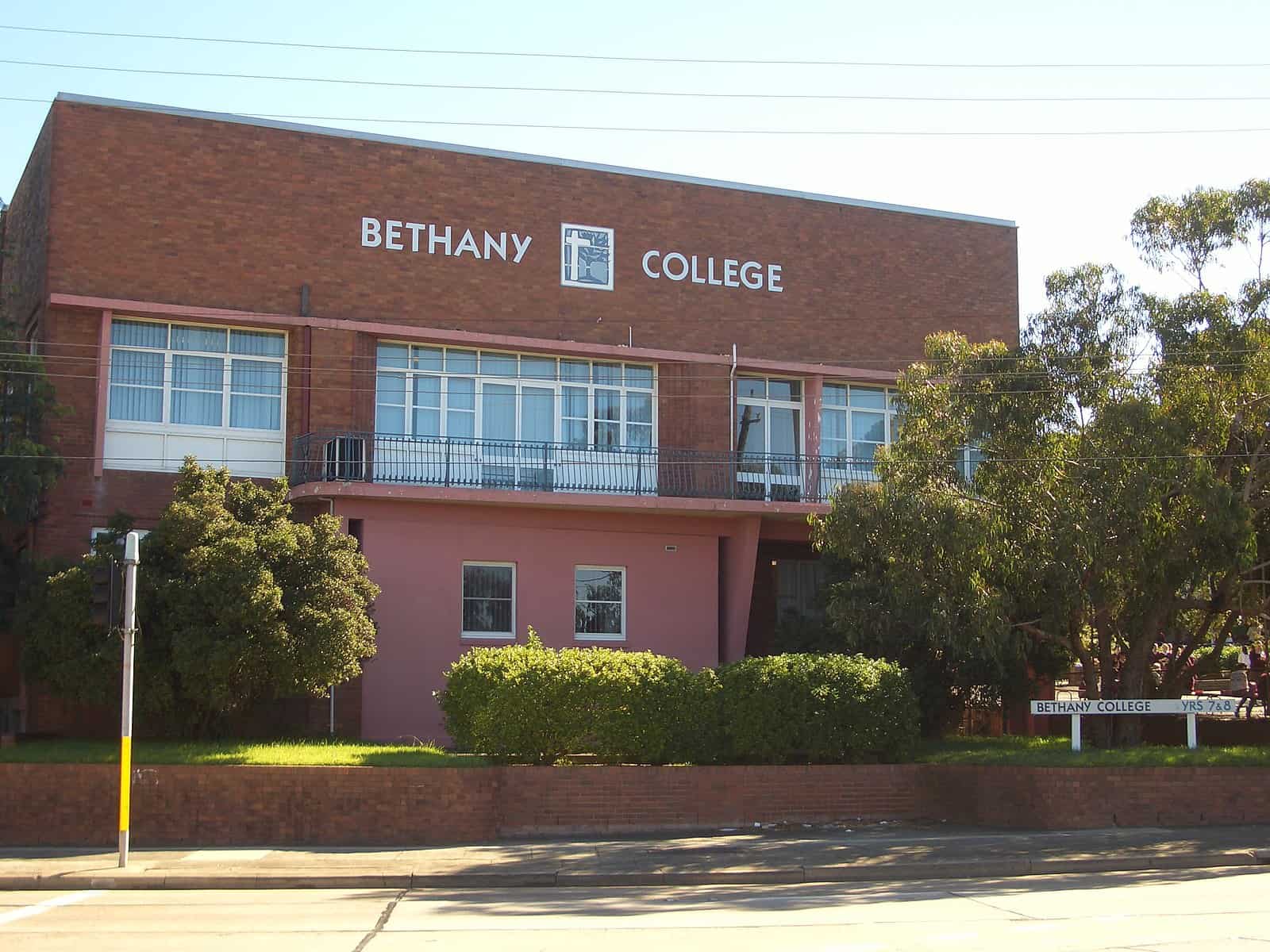
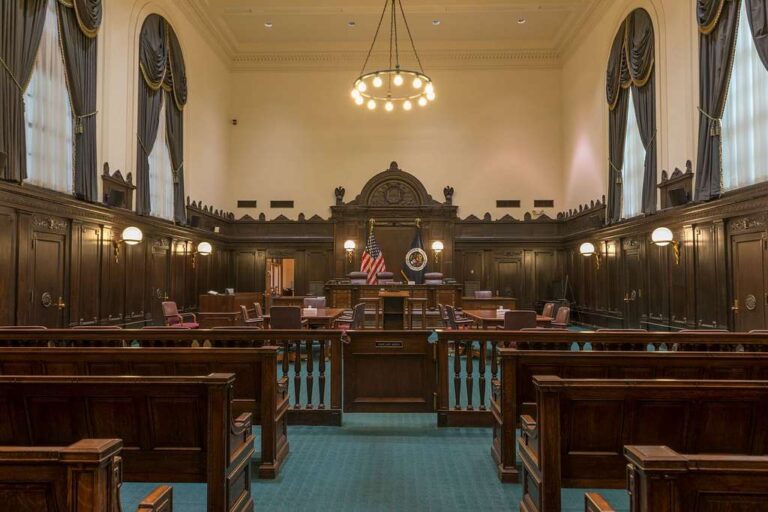
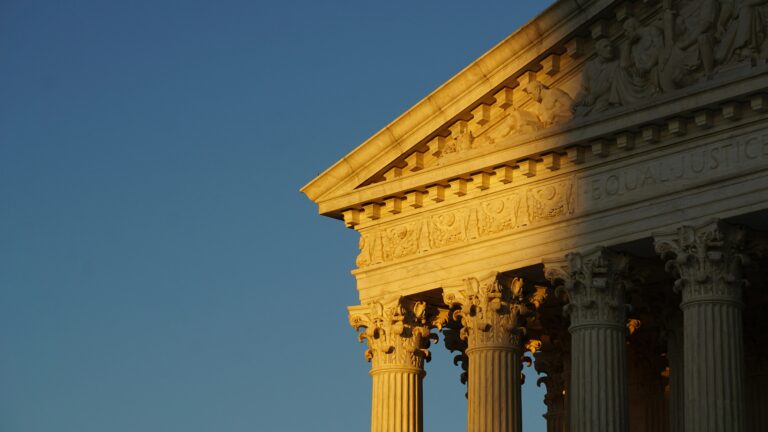
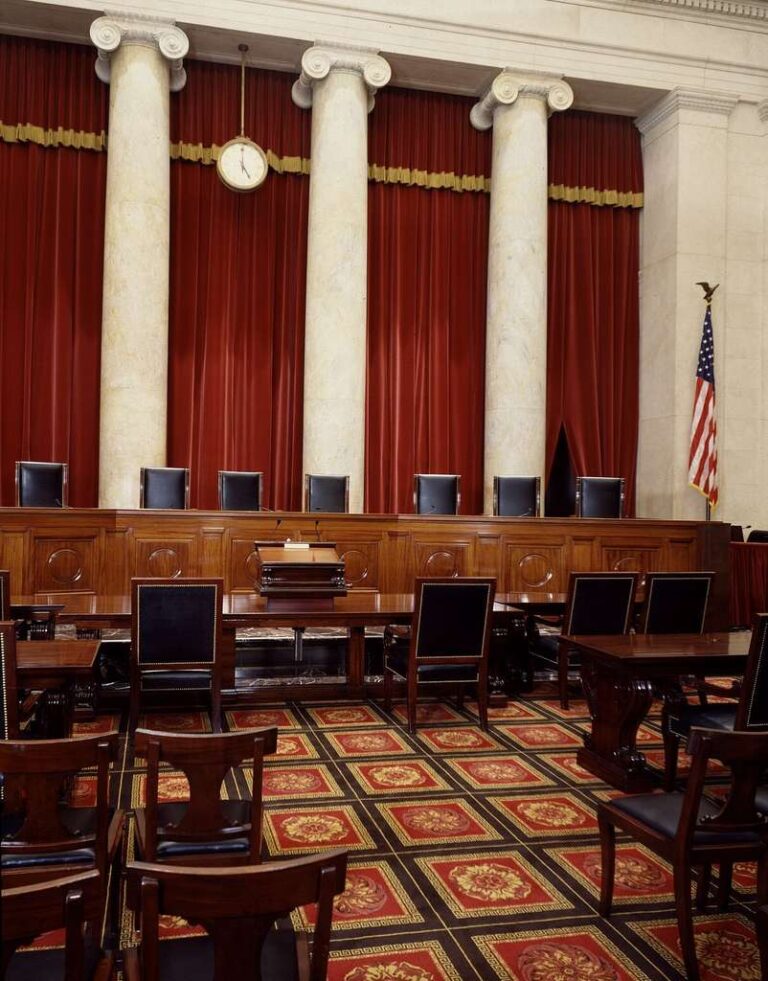
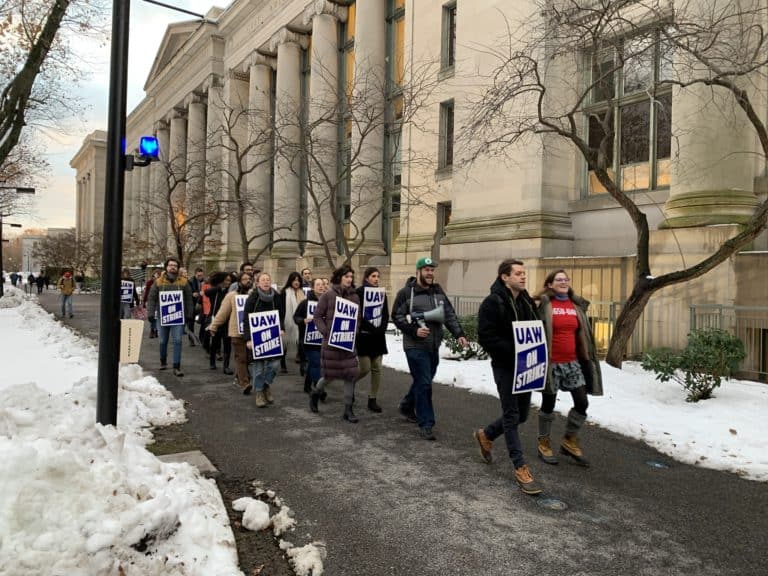
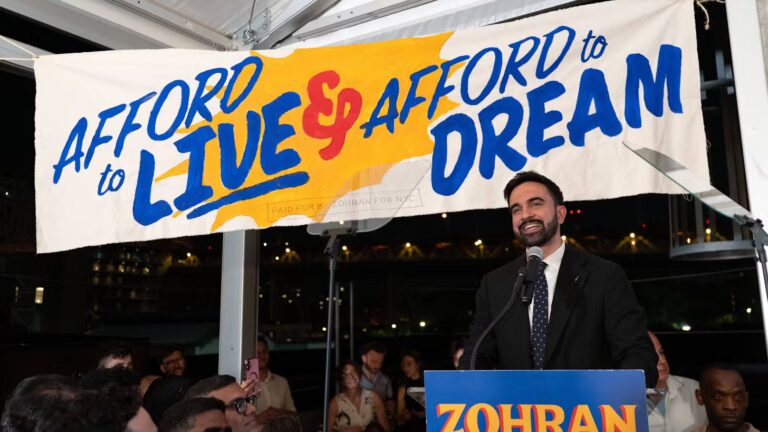


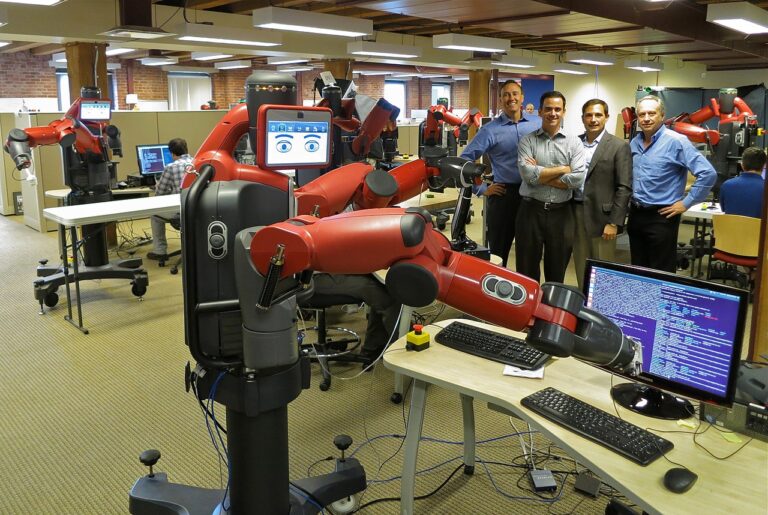
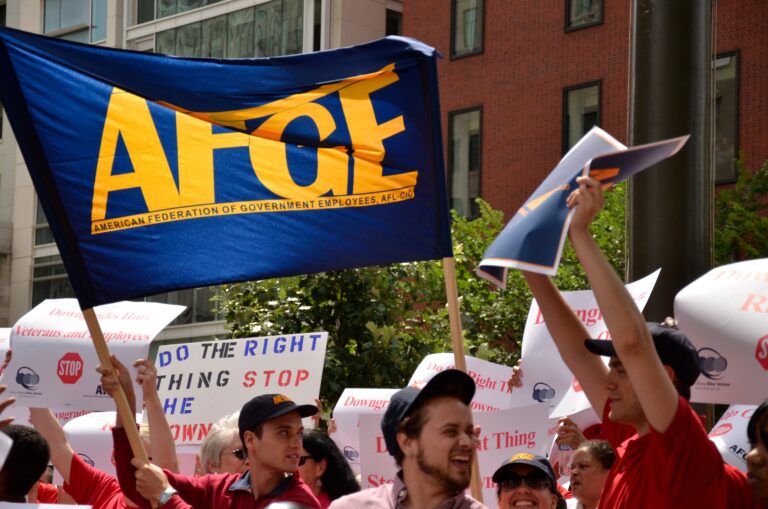
Daily News & Commentary
Start your day with our roundup of the latest labor developments. See all
December 8
Private payrolls fall; NYC Council overrides mayoral veto on pay data; workers sue Starbucks.
December 7
Philadelphia transit workers indicate that a strike is imminent; a federal judge temporarily blocks State Department layoffs; and Virginia lawmakers consider legislation to repeal the state’s “right to work” law.
December 5
Netflix set to acquire Warner Bros., Gen Z men are the most pro-union generation in history, and lawmakers introduce the “No Robot Bosses Act.”
December 4
Unionized journalists win arbitration concerning AI, Starbucks challenges two NLRB rulings in the Fifth Circuit, and Philadelphia transit workers resume contract negotiations.
December 3
The Trump administration seeks to appeal a federal judge’s order that protects the CBAs of employees within the federal workforce; the U.S. Department of Labor launches an initiative to investigate violations of the H-1B visa program; and a union files a petition to form a bargaining unit for employees at the Met.
December 2
Fourth Circuit rejects broad reading of NLRA’s managerial exception; OPM cancels reduced tuition program for federal employees; Starbucks will pay $39 million for violating New York City’s Fair Workweek law; Mamdani and Sanders join striking baristas outside a Brooklyn Starbucks.